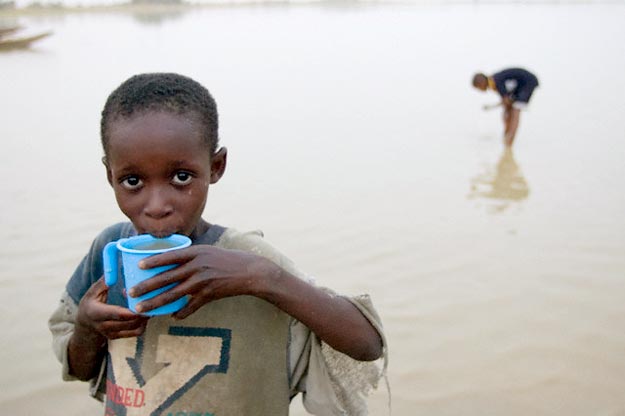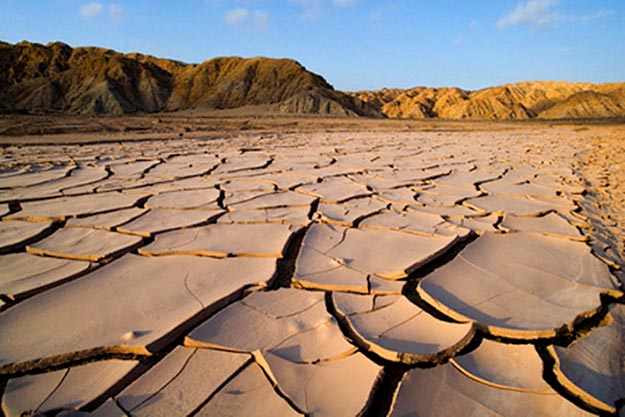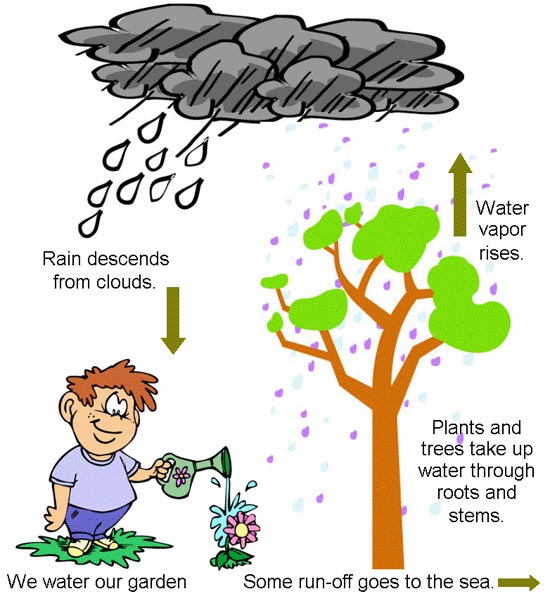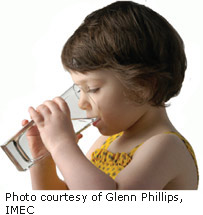As non-governmental organisations question the relevance of the World Water Forum being held here this week and slam its ‘corporate’ nature, the United Nations says that a coordinated approach to managing and allocating water is critical.
The fourth edition of the triennial World Water Development Report (WWDR), which brings together the work of 28 U.N.-Water members and partners is being officially launched Monday at the Forum. It stresses that water ‘underpins all aspects of development’ and needs to be a key element in global policies and regulations. Read more













